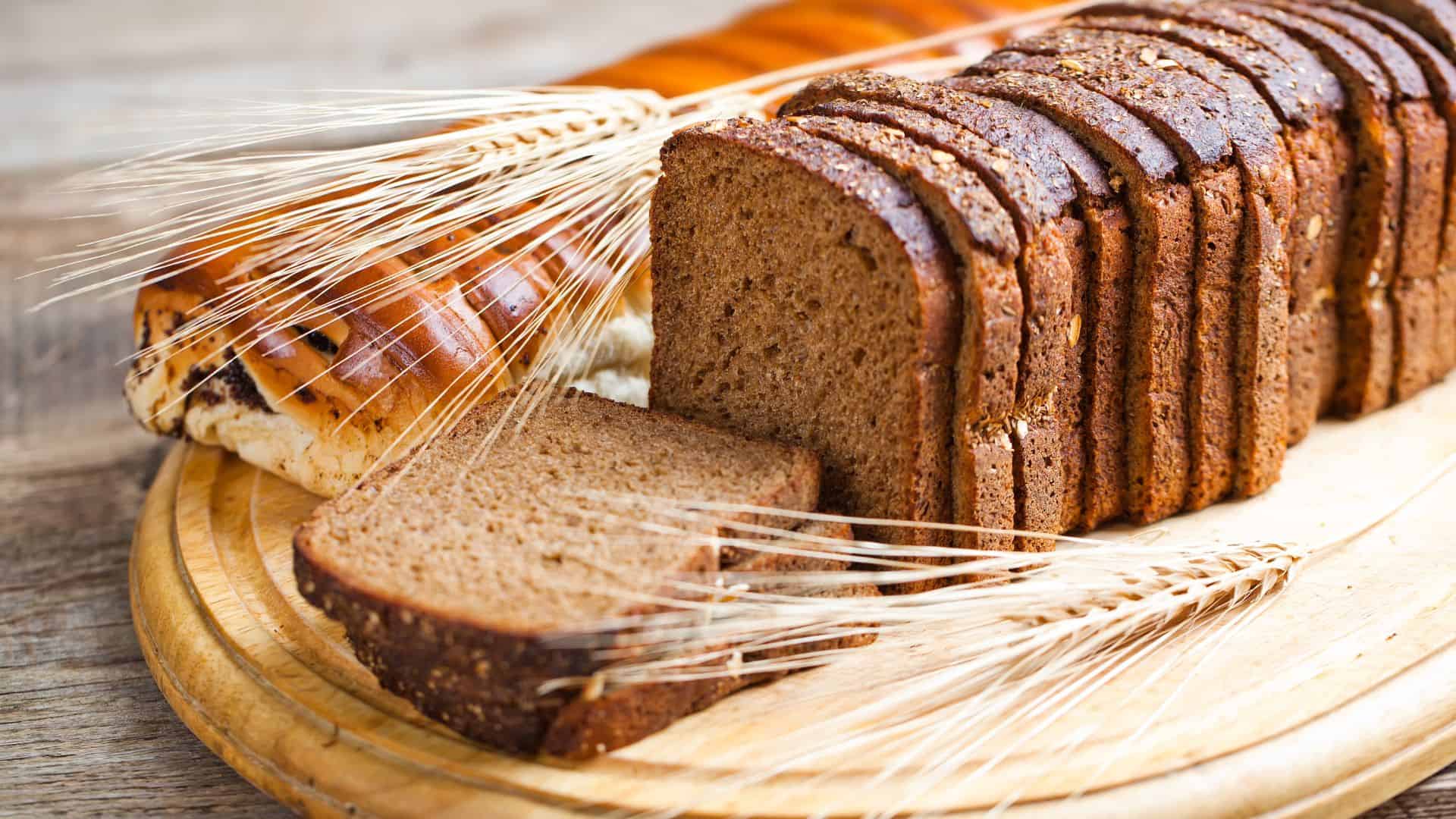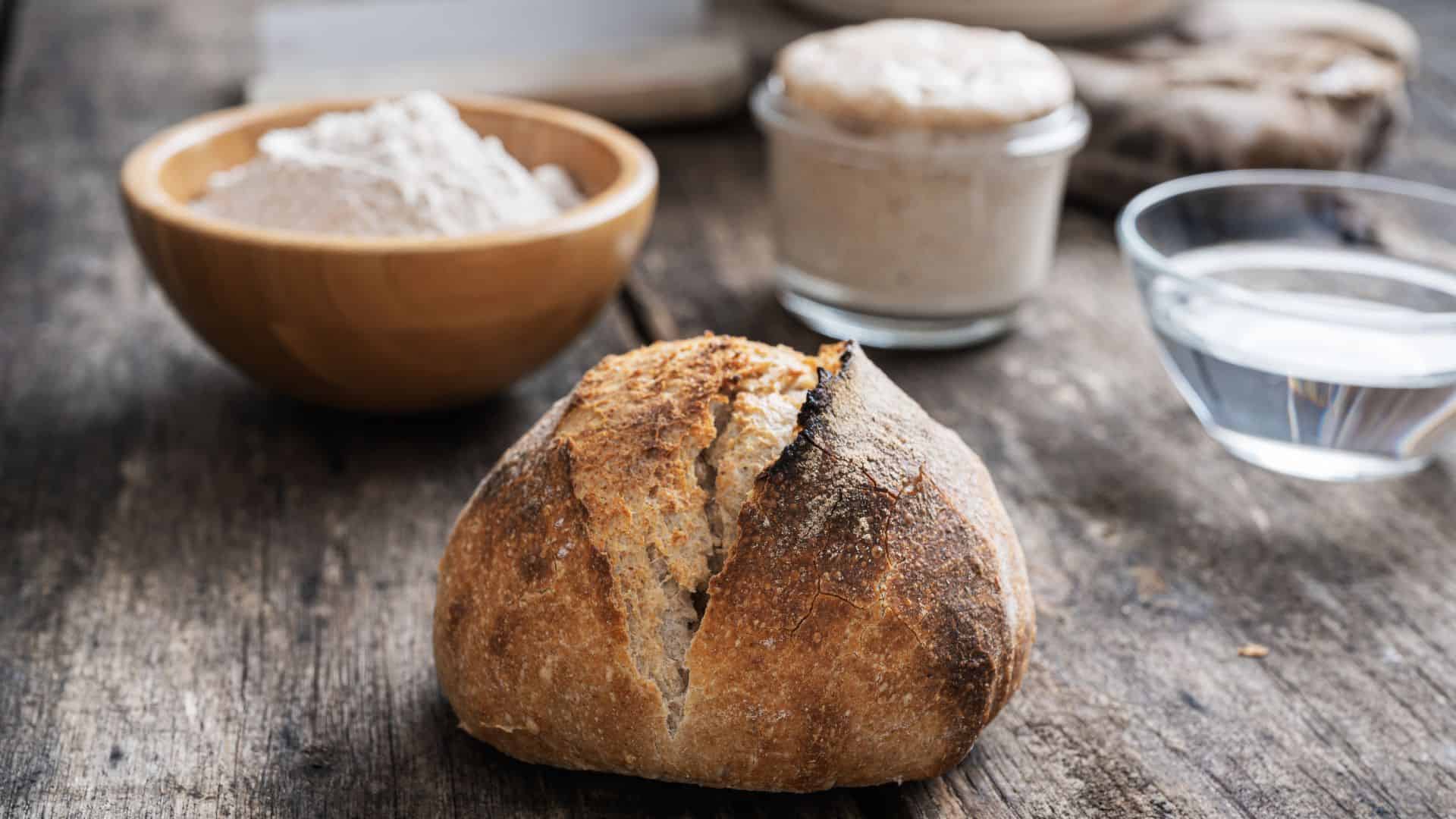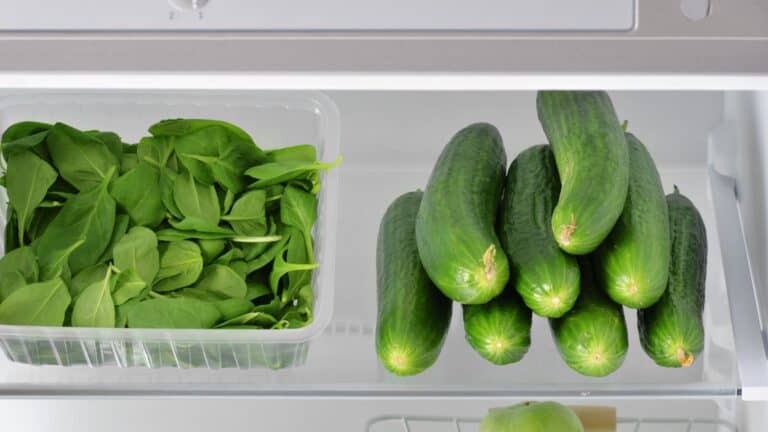The Difference Between Sourdough and Regular Bread

What is the deal with sourdough bread, and why is it so much better than regular bread? Well, it’s more than just a taste difference—there is actually a whole world of fascinating science and tradition behind every loaf of sourdough! From unique fermentation processes to distinct nutritional benefits, understanding these differences will make you appreciate each loaf even more. Let’s look at the delicious details and learn what makes sourdough truly special compared to regular bread.

You can easily spot the difference between regular and sourdough bread by taste and sight alone. Sourdough has a crunchy, thick crust and a tangy, exciting flavor. It is a unique type of bread that takes breadmaking to a new height. It’s a favorite among bread lovers worldwide and for very good reason.
Sourdough bread traces its origins back thousands of years to ancient Egypt, where it is believed to have been discovered by accident. Bakers noticed that wild yeast and lactic acid bacteria in the environment would naturally ferment dough left out to rise. This process not only leavened the bread but also imparted a unique, tangy flavor that set sourdough apart from other breads. Over time, this method spread across cultures and continents, becoming a staple in many traditional baking practices.
The main difference between regular bread and sourdough is the leavening and fermentation process. Regular bread uses commercial yeast which you can buy in any grocery store. It is quick to use and easy to buy. Sourdough bread requires bacteria from a sourdough starter to rise and grow. The starter is the essential, unique ingredient in the bread that helps leaven the bread and give it that amazing flavor.
Sourdough bread utilizes the yeast/bacteria in the sourdough starter during this process, which undergoes natural fermentation and creates a gas that leavens the dough slowly. Regular bread relies on commercial yeast added directly to the dough and rises quickly. Sourdough is completely different. The starter needs to be grown, fed and kept alive so that it can be used to make bread.
Sourdough has a more robust and tangy flavor profile than regular bread’s mild flavors. Depending on the type of flour used, sourdough tends to have deeper, more Earthy notes and tones in its flavor and even a hint of nut. It also has a slightly tangy taste thanks to the starter used to leaven the bread. The older the starter, the more tart the bread will taste.
Sourdough is typically chewier than regular bread and leaves more crumbs because of its open structure. Regular bread has a much thinner crust compared to the classic rustic-looking crust of Sourdough. The crunchy thick crust of the sourdough is one of the reasons why so many people love this unique bread. A crunchy crust is so much better than a soft one!
Sourdough bread has a much higher nutritional value than your regular commercial bread because of the fermentation process which increases nutrient availability. This also makes it easier for the digestive system to break down. Regular, white bread is often lacking in any nutrients at all. If you want a bread that is healthy and has beneficial ingredients, then sourdough should always be your choice.

In addition to higher nutrient values, the fermentation process of Sourdough bread also lowers its gluten content compared to regular bread. This is because gluten degrades slightly more quickly in sourdough bread. This makes is an excellent choice for people who want a little less gluten in their diet. It also means the bread will feel slightly lighter in your belly.
Sourdough tends to have a longer shelf life than regular bread because of natural preservatives. Because of the acids formed during natural fermentation, sourdough bread won’t go stale as fast as regular bread. A bread that lasts more than a day without preservatives should be celebrated! No one likes it when fresh, homemade bread spoils quickly. This won’t be the case if you choose to make a sourdough!
The baking techniques for regular bread and Sourdough bread are slightly different. They are baked at similar temperatures, but steam is often used during the regular bread-baking process. Sourdough bread needs to be more carefully shaped and is much more hands-on. From growing the sourdough starter to baking the bread, sourdough has a few more steps than a regular loaf of bread.
Sourdough bread is more significant than regular bread regarding artisanal craftsmanship. Regular bread is associated with commercial production and convenience, while Sourdough bread breeds culinary tradition, ritual, and community. Everyone knows how much love and attention goes into baking sourdough. This isn’t always the case with typical sandwich bread, which can easily be put together in minutes.
The most significant difference between regular bread and Sourdough bread is fermentation. That fermentation process takes time and care. You can’t just throw together a sourdough in a few minutes. It takes days, even weeks to make a sourdough starter before you can even consider baking bread. The love that goes into sourdough is unbeatable.






